A Brief Reprieve for Detroit-Hamtramck Assembly

Detroit-Hamtramck, one of the five North American plants General Motors plans to shutter before the end of the year, will instead linger online a little longer.
While the plant’s future is still very much in doubt, and the lights will certainly go off for at least some period of time, the automaker plans to keep cranking out cars past New Year’s Eve. The reprieve stems from GM’s interest in continuing production of the Cadillac CT6 and Chevrolet Impala. Not the Buick LaCrosse or Chevrolet Volt, though. Definitely not the Buick LaCrosse and Chevrolet Volt.
According to FOX6Now, the delay won’t be indefinite. Originally scheduled to cease production by June 1st, Detroit-Hamtramck will instead continue production into January of 2020.
Speaking to The Detroit News, GM spokesman Dan Flores said production of the slow-selling LaCrosse and declining (yet updated for 2019) Volt ended on February 15th.
“We are balancing production timing while continuing the availability of Cadillac advanced technology features currently included in the CT6-V, the Blackwing Twin-Turbo V-8 and Super Cruise,” GM said in a statement.
The news was greeted with tempered applause by UAW officials. In a joint statement, UAW President Gary Jones and Vice-President Terry Dittes spoke of “a sense of relief” among workers — something of an odd statement, considering the plant’s life is only being extended by seven months. The two execs asked for support in achieving a production extension at the three other U.S. plants marked for possible closure.
We told you yesterday about Cadillac’s plans for a range-topping CT6 that borrows a detuned version of the 4.2-liter Blackwing V8 found in the sold-out CT6-V. Earlier this year, GM execs stated their desire to keep the CT6 in GM’s lineup. To do this, the automaker would either have to source the sedan from China or find plant space at an existing U.S. facility. If GM goes with the preferred latter option, this would likely mean a gap in the model’s availability.
Though Canada’s Oshawa Assembly facility is due to close before the end of the year, the automaker lists the four American plants as “unallocated,” providing a ray of hope for the future. Next to go dark is Ohio’s Lordstown Assembly, sold producer of the Chevrolet Cruze. According to Flores, that plant’s production has been extended by a week. The lights go out on March 8th.
[Image: General Motors]

More by Steph Willems
Latest Car Reviews
Read moreLatest Product Reviews
Read moreRecent Comments
- SPPPP Vibrant color 9 times out of 10 for me. There may be a few shapes that look just right in metallic gray, for example. There are a few nices ones out there. And I like VW "White Silver". But I'd usually prefer a deep red or a vibrant metallic green. Or a bright blue.
- 28-Cars-Later Say it ain't so, so reboot #6* isn't going to change anything?[list=1][*]V4-6-8 and High "Tech" 4100.[/*][*]Front wheel drive sooooo modern.[/*][*]NOrthSTARt.[/*][*]Catera wooooo.[/*][*]ATS all the things.[/*][*]We're *are* your daddy's Tesla. [/*][/list=1]
- MaintenanceCosts Can I have the hybrid powertrains and packaging of the RAV4 Hybrid or Prime with the interior materials, design, and build quality of the Mazda?
- ToolGuy I have 2 podcasts to listen to before commenting, stop rushing my homework.
- ToolGuy Please allow me to listen to the podcast before commenting. (This is the way my mind works, please forgive me.)



















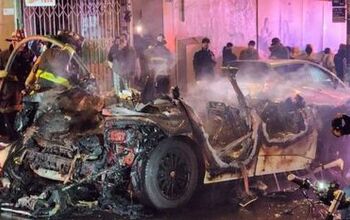

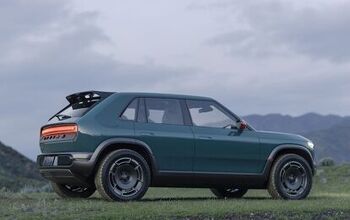
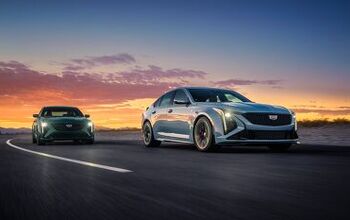
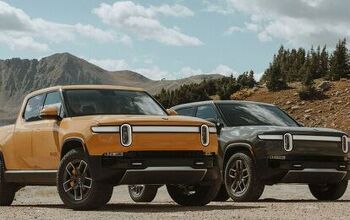



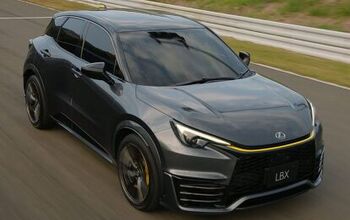

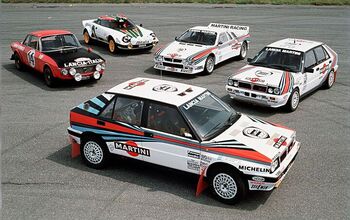

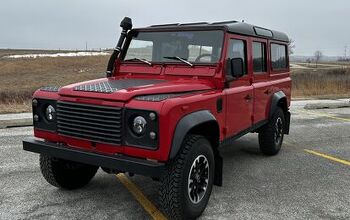
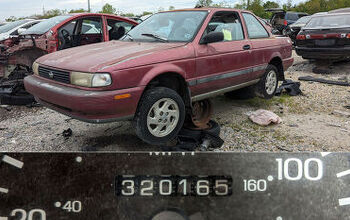
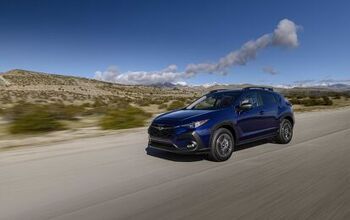
Comments
Join the conversation
Bolt - 25% North American content Volt - 60% North American content If it is good for America GM is against it.
Things aren't so simple.... The Impala DID get rave reviews--the best write-up from Consumer Reports that I can recall, since the 1977 Caprice, which was CU's 'Best car'. I was 12 then. I rented an Impala, because they were out of other cars. I was prepared to dislike it despite CR's glowing assessment, because IMO, CR ain't what it used to be (it's like reading Motor Trend now...a Car & Driver wannabe... go back to HARD, objective testing, and leave the 'exciting to drive' stuff to CD) and the car was large. The car felt Audi-esque to me, the seats were great, it drove 'smaller' than it looked. Even so, it was overpriced. The $21k old V6 Impala had become a $37k Impala (my rental was loaded, like the CR test car). TOO MUCH. Add in shift away from cars, AND GM's call to put the car in TWO plants (really smart--I jack up the price and expect more sales....DUMB!!), and here we are. The Equinox doesn't get rave reviews, but it sells well. I rented a 2016, pleasant enough. Dull but roomy. Now, as the Hamtramckh plant... GM will look pretty stupid when a couple hundred people go to shop a CT6, and buy the stock, and the next couple 100, having read about Cadillac's great 'hands-free' system, find they can't get one... Importing from China risks the wrath of the Pres, and very real tariffs. Changing cars from one factory to another is not as simple as having your Domino's make pizza at the Subway across the street. It costs a lot of money to retrofit plants. The primary factor in a plant's continued existence is whether or not the product sells well. If it sell well enough to require 3 shifts, the plant is safe. A plant that gets multiple awards from JD Power (quality/reliability) or Harbour (productivity) or accolades from CR and has a one-shift car has one foot in the grave. The carmakers use these metrics to entice their work forces to 'be the best and save your jobs', but it's the utilization that counts. If gasoline had spiked to $7 a gallon and stayed there, Lordstown's Cruzes would require 3 shifts, and Lorsdstown would be the last GM plant to close. GM just can't pick up CT6 production and move it to the Lansing plant (CTS/ATS), or Fairfax plant. They would have to spend tens, perhaps hundreds of millions to make the required tooling changes. Up until the 1960s/70s, ironically, it was less difficult to shift production. THis is because of several reasons, but the biggest reason is that the plants were not as automated, AND they had a lot of fat in them. There was slack. How do you think Ford was able to build over a million 65-66 Mustangs, when they had planned on about 200k a year--they built MORE THAN DOUBLE on short notice. Because it was easier to change manual operations in plants with a lot of slack. Now, even though the plants may be old in many cases (Flint Truck is 70 years old!), the lines are built to deliver a planned volume efficiently. NO slack. If tomorrow, demand for the CT6 went from the anemic 11k units a year to say 50k, it could NEVER happen---GM can't built that many. They would raise the price to choke demand to the most they could build on 3 shifts---and everyone would be very happy---M. Barra AND the UAW! For the next CT6, they MIGHT invest more money up front to raise the production rate by adding more workstations, faster robots, etc, if they thought 50k was the new normal. But for Hamtramck the sales on all 4 vehicle lines were under expectations. The plant only runs on 1 shift as a result. And that's why GM wants to close it. Once closed, if demand shifts to those types of vehicles, GM will have to spend hundreds of million or billions to build those in remaining plants.